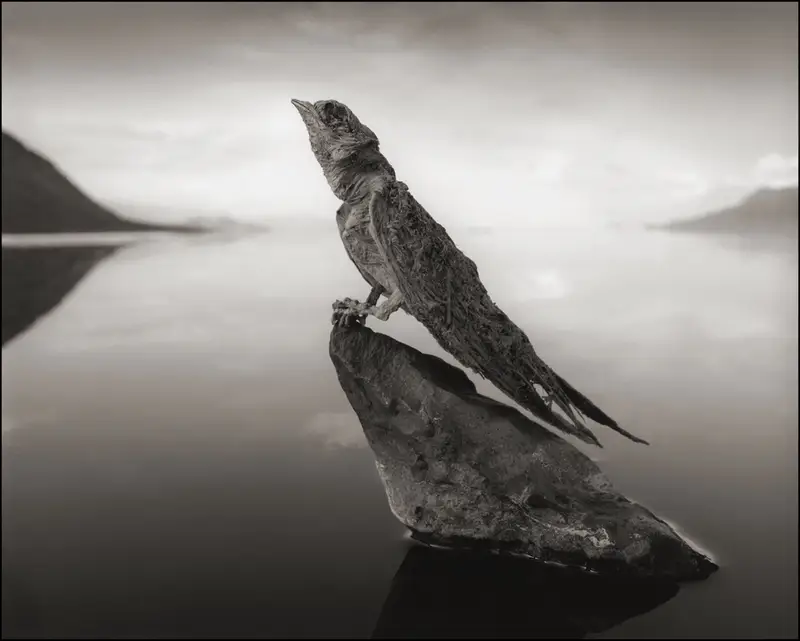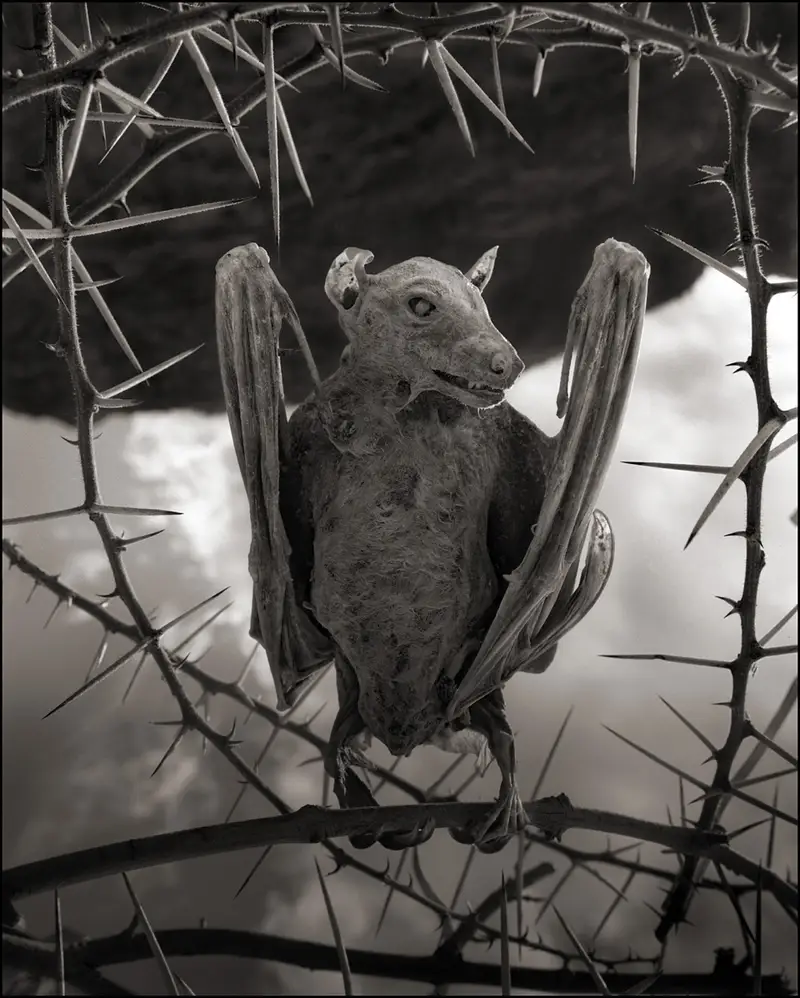Deep in the Great Rift Valley of Tanzania lies one of the most mysterious lakes in the world—Lake Natron, the Lake that turns things into stone in Tanzania. This eerie body of water is known for its extreme alkalinity, which has the rare ability to preserve and harden the remains of animals, giving them an almost stone-like appearance. The lake’s haunting effect has sparked myths, scientific curiosity, and fascination among travelers and researchers alike. But beyond its ghostly reputation, Lake Natron is also a vital ecosystem, supporting unique wildlife and playing an essential role in the region’s biodiversity.
The Science Behind Lake Natron’s “Stone Effect”
Lake Natron gets its name from natron, a naturally occurring mixture of sodium carbonate and other minerals, which is responsible for its high pH levels ranging between 9 and 10.5. The lake’s waters are extremely salty and can reach temperatures of up to 60°C (140°F), making it a hostile environment for most life forms.
The lake’s high alkalinity is a result of volcanic activity from the nearby Ol Doinyo Lengai, an active volcano that spews natrocarbonatite lava, which eventually dissolves into the water. When animals mistakenly enter the lake, they are often overwhelmed by the harsh conditions, leading to their demise. Over time, the high concentration of minerals coats their bodies, preserving them in a hardened, statue-like state. While it may appear as though the lake “petrifies” animals instantly, the process is more about mummification and mineral preservation.
The Role of Photographer Nick Brandt
Lake Natron gained worldwide attention in 2013 when wildlife photographer Nick Brandt captured haunting images of animals that appeared to be “turned to stone” by the lake. His photos, featuring eerily preserved birds and other small creatures, fueled many myths about the lake’s supernatural powers. However, these petrified animals did not turn to stone instantly but were rather naturally preserved due to the mineral-rich waters. Brandt carefully positioned the preserved remains for artistic effect, adding to the lake’s legendary status.
LAKE NATRON, 2010 © Nick Brandt 2013 Courtesy of Hasted Kraeutler Gallery, NY
A Harsh Environment with Thriving Life
Despite its extreme conditions, Lake Natron is not devoid of life. In fact, it is a crucial breeding ground for lesser flamingos, which thrive in its shallow, alkaline waters. The lake’s cyanobacteria—microscopic organisms that produce energy through photosynthesis—give the water its distinctive red and orange hues and serve as the primary food source for flamingos.
Each year, millions of these striking pink birds gather at Lake Natron to breed, making it one of the most important flamingo nesting sites in the world. Their eggs are laid on small, mud-like islands formed by evaporated minerals, providing a safe environment away from predators.
The Cultural and Ecological Significance
For the Maasai people who live near the lake, Natron is more than just a scientific curiosity. It holds deep cultural and spiritual significance, with local legends describing the lake as a sacred place. Some stories speak of spirits guarding its waters, warning people to respect its natural power.
Ecologically, Lake Natron plays an essential role in the region. Its harsh conditions prevent fish from thriving, but it remains a refuge for microorganisms, flamingos, and a variety of other resilient species. Conservation efforts are ongoing to protect this unique ecosystem from threats such as industrial projects, climate change, and human encroachment.
Visiting Lake Natron
For adventurous travelers, Lake Natron offers an off-the-beaten-path experience. The area’s remote and rugged landscape, combined with its surreal, Mars-like scenery, makes it a dream destination for nature lovers and photographers. Activities include:
- Guided tours: Learn about the lake’s unique ecosystem, local culture, and its impact on surrounding wildlife.
- Flamingo spotting: Witness thousands of flamingos wading through the shallow, colorful waters.
- Hiking to waterfalls: Explore the nearby Engare Sero waterfalls for a refreshing dip amid dramatic cliffs.
- Climbing Ol Doinyo Lengai: For those seeking adventure, a trek up the “Mountain of God” offers breathtaking views of the Rift Valley.
Conclusion
Lake Natron remains one of Tanzania’s most mysterious and misunderstood natural wonders. While its waters do not literally turn animals into stone, their unique chemical properties create an illusion that has captivated the world. Beyond its eerie reputation, Lake Natron is a vital ecosystem that supports extraordinary wildlife, particularly the lesser flamingo. Whether viewed through the lens of science, culture, or adventure, this remarkable lake continues to inspire awe and curiosity, proving that nature’s mysteries are often more fascinating than fiction.







Add your first comment to this post